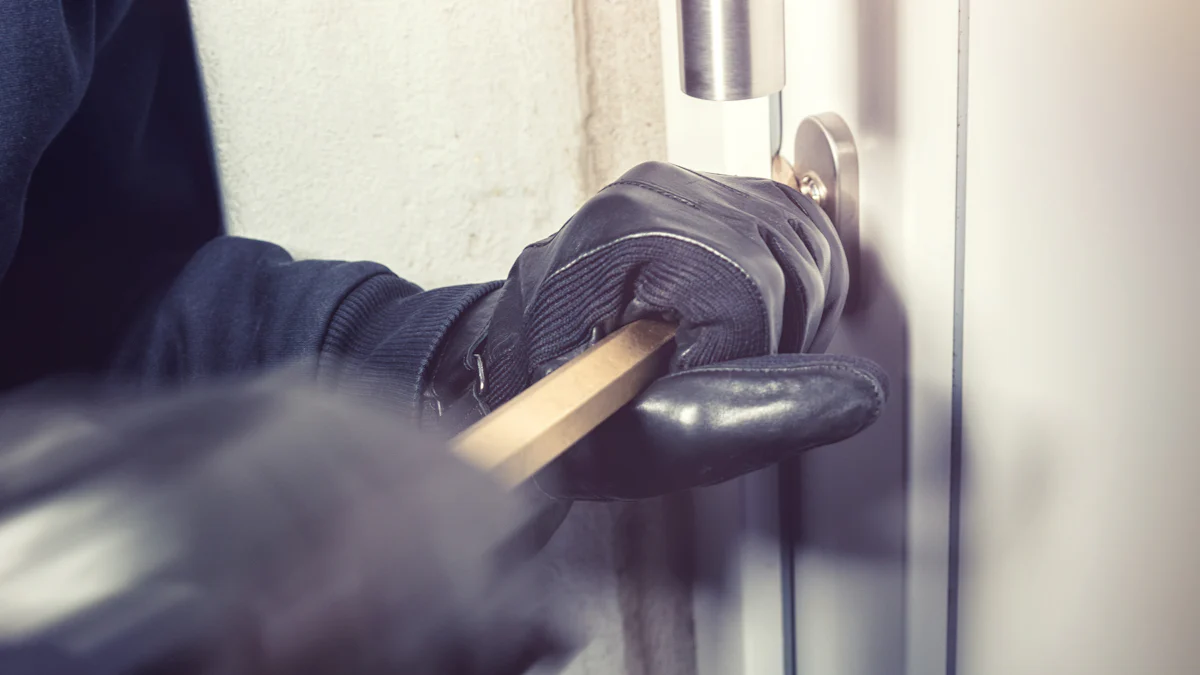When delving into the realm of theft, understanding the intricate techniques employed by thieves becomes paramount. The ability to decipher their methods not only sheds light on their deceptive practices but also equips individuals with the knowledge to safeguard against such illicit activities. In this blog, we will explore a particular focus on screwdrivers, seemingly innocuous tools that often play a significant role in thieves’ endeavors. Additionally, we will address the question: do thieves tool have screwdriver?
The Role of Screwdrivers in Theft

In the realm of theft, screwdrivers serve as essential tools for burglars due to their versatility and effectiveness in gaining unauthorized access. These seemingly harmless instruments are commonly found in every household, making them inconspicuous choices for thieves seeking to break into homes or vehicles without raising suspicion. Alongside screwdrivers, thieves also utilize putty knives and pry bars to aid in their unlawful activities.
When considering the question, “do thieves tool have screwdriver,” it becomes evident that these tools are prevalent among criminals. The frequency of use of screwdrivers by thieves is remarkably high, given their accessibility and ease of concealment. Moreover, the effectiveness of screwdrivers in breaching security measures cannot be underestimated. Thieves have been known to exploit the simplicity and efficiency of screwdrivers to carry out theft with relative ease.
To disrupt the ongoing battle between shoplifters and crime preventers, experts like Ekblom suggest adopting a proactive approach by understanding thieves’ techniques and thought processes. By gaining insights into how criminals perceive security measures and overcome them, individuals can adapt preventive strategies to stay one step ahead. Additionally, experts like Handford emphasize the importance of addressing design flaws in security systems that can be exploited by offenders.
Incorporating anti-theft measures such as bulky tamper-proof packaging, as recommended by Hayes et al., can significantly deter shoplifters and reduce the overall rate of theft incidents. By enhancing security protocols based on knowledge gleaned from studying thieves’ tools and techniques, individuals can better protect their properties against potential threats.
Techniques Thieves Use
Breaking into Homes
Thieves employ various techniques to gain unauthorized access to homes, often resorting to methods that exploit vulnerabilities in security systems. One common approach involves prying open windows using tools like screwdrivers or putty knives. By inserting these tools into the window frame and applying pressure, burglars can easily force the window open without drawing attention. Additionally, thieves may opt for a more direct approach by forcing locks on doors using sturdy tools such as pry bars. This method allows them to bypass traditional security measures and swiftly enter the premises.
Vehicle Theft
When it comes to stealing vehicles, thieves rely on a combination of skill and resourcefulness to achieve their objectives. One prevalent technique involves hotwiring with screwdrivers, where criminals manipulate the ignition system using a screwdriver to start the vehicle without the need for keys. This method is particularly favored by car thieves due to its speed and efficiency in bypassing conventional security features. Furthermore, offenders may resort to breaking ignitions by forcefully inserting a screwdriver into the ignition cylinder, causing damage that enables them to start the vehicle illicitly.
By understanding these intricate techniques utilized by thieves in both home invasions and vehicle thefts, individuals can better safeguard their properties against potential threats. Implementing robust security measures tailored to counter these specific tactics is crucial in deterring criminal activities and ensuring the protection of valuable assets.
Preventive Measures

Securing Homes
Reinforcing Windows
- Install security bars on windows to deter unauthorized access.
- Utilize impact-resistant glass to increase window strength.
- Consider window sensors that trigger alarms upon tampering.
Upgrading Locks
- Opt for smart locks with advanced encryption technology.
- Implement deadbolt locks for enhanced door security.
- Explore keyless entry systems for convenient yet secure access.
Protecting Vehicles
Anti-Theft Devices
- Equip vehicles with GPS trackers for real-time monitoring.
- Install immobilizers to prevent hotwiring attempts effectively.
- Consider steering wheel locks as a visible deterrent against theft.
Secure Parking
- Park in well-lit areas with high visibility to deter thieves.
- Utilize secured parking facilities equipped with surveillance cameras.
- Employ steering wheel lock devices as an additional security measure.
To effectively combat theft, individuals must delve into the minds of criminals and understand their deceptive strategies. By gaining insights into thieves’ techniques, one can proactively enhance security measures to deter illicit activities. It is crucial to adapt preventive measures based on a thorough comprehension of how offenders perceive and overcome security protocols. By staying informed about the tools and tactics employed by thieves, individuals can fortify their defenses and safeguard their belongings effectively. Continuous vigilance and strategic enhancements in security systems are key to outmaneuvering potential threats and maintaining a secure environment.
